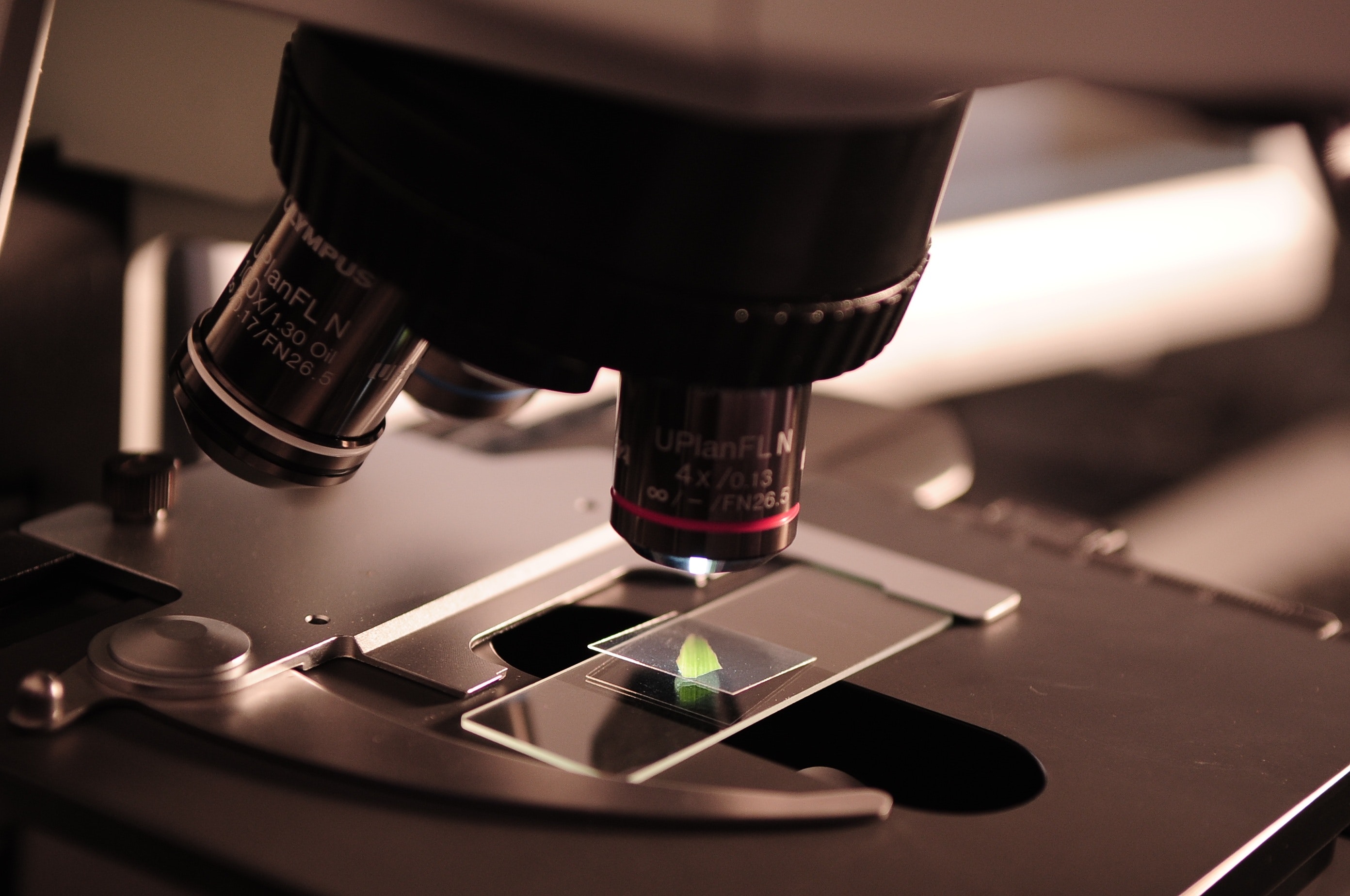Nanotechnology has revolutionized the way we approach healthcare, especially in the pharmaceutical industry. It has opened up new opportunities for targeted drug delivery and enabled the development of new drug formulations. With the ever-growing need for effective treatments, nanotechnology has brought hope to the industry and improved patient outcomes. However, to fully appreciate the impact of nanotechnology in the pharmaceutical industry, we need to explore its benefits and advancements.
1. Targeted Drug Delivery
One of the outstanding benefits of nanotechnology is its ability to target specific cells or tissues in the body. By engineering nanoparticles to carry drug molecules, the drugs can be delivered to the site of action with high specificity, reducing off-target side effects. This has enormous implications for the treatment of various diseases, such as cancer and neurodegenerative disorders. Additionally, by encapsulating the drug molecules within the nanoparticles, their bioavailability can be enhanced, extending their half-life and improving their efficacy.
2. New Formulations
Nanotechnology has also enabled the development of new drug formulations that were not possible before. For example, liposomes are lipid-based nanoparticles that can encapsulate hydrophilic or hydrophobic drugs, making them more soluble and improving their pharmacokinetic properties. Similarly, polymeric nanoparticles can sustain drug release over an extended period by incorporating mucoadhesive or pH-responsive components. These new formulations have exciting implications for improving patient compliance and drug efficacy.
3. Improved Imaging
Nanotechnology has also contributed to significant advancements in medical imaging, allowing doctors to visualize and diagnose diseases with greater precision. Imaging agents based on nanoparticles can target specific tissues and cells and allow for early detection and accurate diagnosis. Additionally, multifunctional nanoprobes can combine imaging and therapeutic capabilities, enabling a real-time monitoring of treatment effectiveness.
4. Regulatory Challenges
Despite the numerous benefits of nanotechnology, it faces several regulatory challenges that can hinder its full adoption in the pharmaceutical industry. For example, nanoparticles can have unique toxicological profiles, and the lack of standardization can make evaluating their safety a daunting task. Additionally, the regulatory environment is constantly evolving, and keeping up with the latest guidelines can be overwhelming for industry stakeholders.
5. Future Directions
As the pharmaceutical industry continues to push the boundaries of drug development, nanotechnology will undoubtedly play a significant role in shaping its future. Future developments may include more personalized medicine and the increasing use of natural materials in designing nanoparticles. It is essential to remain abreast of these developments to harness the full potential of nanotechnology in the pharmaceutical industry.
The adoption of nanotechnology in the pharmaceutical industry has revolutionized drug development, and its impact is far-reaching. From improving drug delivery to enabling the development of new formulations, nanotechnology represents a real game-changer. With regulatory challenges and ongoing advancements, the future of nanotechnology in the pharmaceutical industry looks promising. By staying informed and embracing these advancements, we can continue to improve patient outcomes and revolutionize the healthcare landscape.






